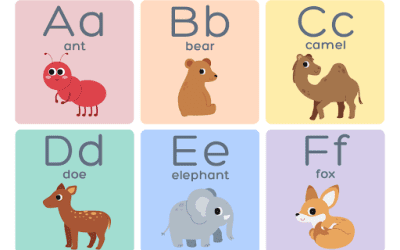Most students who enroll in a competency-based education (CBE) program start out excited, motivated, and ready to learn. For too many students, that enthusiasm starts to wane a few weeks into the course. This is bad news for students and the enrolling institution.
“Nothing great was ever achieved without enthusiasm.” Ralph Waldo Emerson
Lack of engagement is a serious issue. Disengaged, discouraged students are more likely to drop out than their enthusiastic and engaged peers.
Students may drop out of a CBE program for several reasons, including the actual learning experience.
-
- Students may become discouraged and quit if learning materials are too difficult to understand or poorly presented.
- Students may become disinterested and quit if learning activities are dull or uninspiring.
- Students may become frustrated and quit if they believe they’re wasting time on material they already know or view as irrelevant.
While students may become disengaged for reasons that are beyond the control of the educational institution, course designers can strive to create engaging courses that discourage student drop out.
An engaging CBE learning experience places students at the center of course design decisions. There are several ways to make learning student-centered. Designers can structure learning activities that address students’ learning preferences and enable them to learn by doing. Designers can also empower students to make decisions about when and how they will learn and provide them with frequent assessment opportunities.
Well-designed gamification activities offer students the opportunity to become deeply engaged in the material, while enjoying a fun and challenging learning experience. Click To TweetThe list below includes five strategies course designers can use to improve student engagement in a CBE course:
● Design course materials as mini-learning units that encourage students to explore a topic and connect current and new knowledge. Bite-sized, discovery-focused learning materials with clearly-defined objectives allow students to manage the learning experience more effectively.
This learner-friendly strategy can help prevent discouragement by making the learning process more manageable.
● Provide flexible learning opportunities that allow students to make choices about how they will learn. Let students choose the delivery format that works best for them, given their individual needs and learning preferences.
For example, one student may prefer to listen to a unit lesson during the morning commute to work or school, but prefer to watch a video while studying at home in the evening. Another student may prefer to skim a written lesson first, then watch a video to gain an in-depth understanding of major concepts.
This flexibility in selecting learning options can increase student satisfaction with the learning experience.
● Use gamification techniques to engage students. In gamified courses, students can earn points and badges for performance and go on “quests” to enhance their knowledge and skills.
Well-designed gamification activities offer students the opportunity to become deeply engaged in the material, while enjoying a fun and challenging learning experience. Acquiring points and badges also helps confirm understanding of the instructional content.
● Conduct a pre-assessment of students’ knowledge or skill, then deliver instruction tailored to their level of understanding. Pre-assessments serve an important function. Students are more likely to stay motivated and engaged when learning activities directly impact their ability to achieve competency.
When students are aware of a gap between what they know and what they need to know, they are more willing to gain the knowledge they need to close that gap.
● Provide frequent formative assessment. Without the feedback provided by assessment activities, students lack a clear basis for assessing their progress. Formative assessment includes a wide range of activities, from answering questions to creating mind maps.
The results of ungraded or low stakes formative assessments help students decide how to use their study time. Frequent formative assessment also allows instructors to provide timely help to students who are struggling.
These course design strategies help keep students engaged, enthusiastic, and energized, which means they are less likely to drop out. With improved completion rates, more students can achieve their goals. This is good for students and the institutions serving them.
Many higher ed administrators believe that now is the right time to develop CBE programs, but they have concerns about the demands that development activities would place on faculty and staff. Many also question the advisability of moving forward without the support of experts with knowledge of CBE program development.
Partnering with experienced CBE development professionals provides access to valuable expertise, while reducing the workload on faculty and staff. The use of outside professionals helps keep timelines in check and reduce costs.




